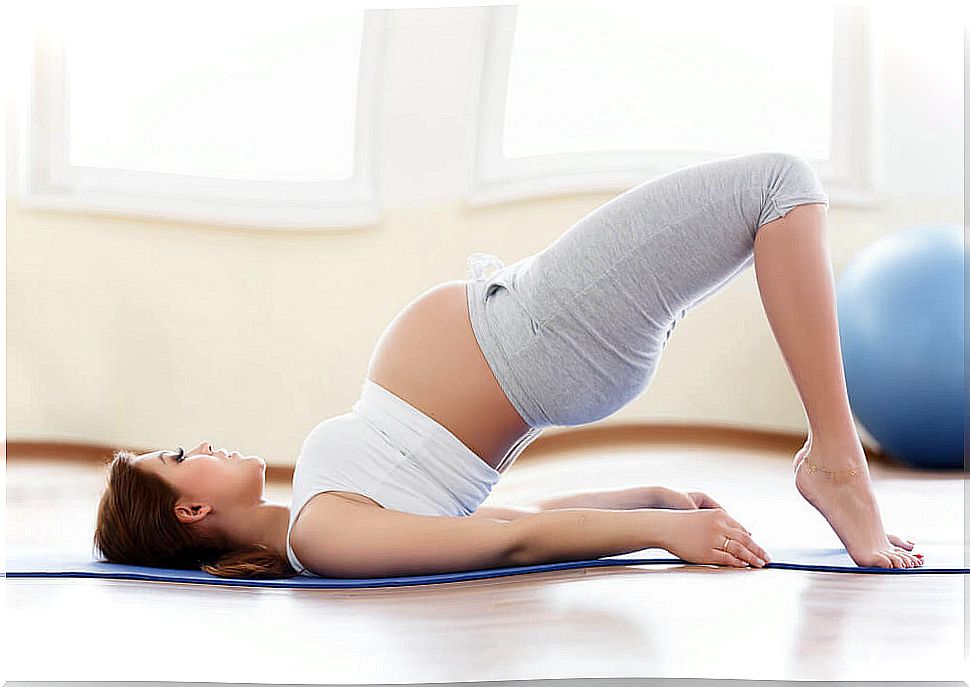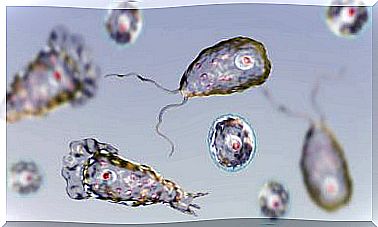How To Relieve Pain During Labor
Exercising during pregnancy and practicing relaxation techniques can help reduce labor pains. In addition, they control the anxiety and stress of this moment.

There is no magic formula for pain relief during labor. However, there are some techniques that promote relaxation to increase tolerance to it. Although its severity varies in each woman, in general, all want to be more prepared to face it.
Pain is caused by muscle contractions and pressure on the cervix. Some liken it to severe menstrual cramps, while others feel intense pressure that extends to the sides, thighs, and back.
In any case, it is a constant symptom that can increase, especially when accompanied by the stress and anxiety of the moment. Therefore, it is convenient to learn to handle it naturally so that it is not so traumatic. Find out how to do it.
Tips for relieving pain during labor
Pain during labor is a response of the body to repeated contractions of the uterus to facilitate the movement of the baby. Its degree of severity varies in each woman, but it can lead to a state of exhaustion that sometimes prolongs the birth.
Due to this, some therapeutic habits and methods that reduce tension have been promoted for some time . These aim to prepare the mother before giving birth to take it on with calm and more tolerance for pain. Discover them!
Get regular physical exercise

One of the best habits to relieve pain during labor is physical exercise. Although it is not advisable to adopt intense routines during pregnancy, it is good to do some low-impact activities that strengthen the pelvic floor and maintain physical resistance.
Its regular practice prepares the body for the stress of labor and lowers the risk of complications and tears. In addition, it promotes postpartum recovery and is key to maintaining an adequate weight.
In any case, follow a tip: ask your doctor what types of exercises you can do at each stage of pregnancy. Try to do them under the supervision of a professional to avoid bad posture or risky movements.
Hot shower
Water delivery is a method that has been extended as an alternative to reduce labor pains. However, immersion in water is not recommended until the expansion phase. Therefore, to reduce discomfort, you can take a hot shower.
A good tip is to enjoy a short hot shower, accompanied by your partner or someone you trust in case of an emergency.
Deep breathing

In some hospitals they teach relaxation techniques from a few weeks before delivery. Its purpose is to help prepare the expectant mother to learn to manage pain when it is time to give birth. It also reduces muscle tension and increases the feeling of tranquility.
You should do deep and slow breathing exercises, and you should try to concentrate as much as possible on it.
Massage
Gently massaging some strategic points on the body can help relieve pain during labor. The ideal is to apply them on the feet, legs and back, to minimize the discomfort caused by tension.
Ask your partner or a family member to give you a gentle massage. Avoid massaging sensitive areas to avoid complications. If you want, use complementary tools to do massage.
Hot compresses
If labor pain extends to the lower back and hips, using warm compresses can help reduce it. The direct application of heat has a slight analgesic effect that reduces this symptom.
To do this, heat a seed pad in the microwave and apply it carefully. Optionally, dip a cloth in hot water and do the same.
Walking and doing movements
Free movements can be helpful in relieving pain during labor. Since staying in bed can be very stressful, it’s best to walk and do simple, low-risk stretches. This reduces anxiety and calms the feeling of tension.
You can walk down the hallway of the hospital or get off the gurney and make gentle movements. Avoid staying a long time lying down or in the same position.
Finally, remember that it is beneficial to have a trusted person by your side. Ask your partner to be there, or seek support from a family member. In many cases, the company reduces the need for interventions such as caesarean sections and the use of epidural anesthesia.









